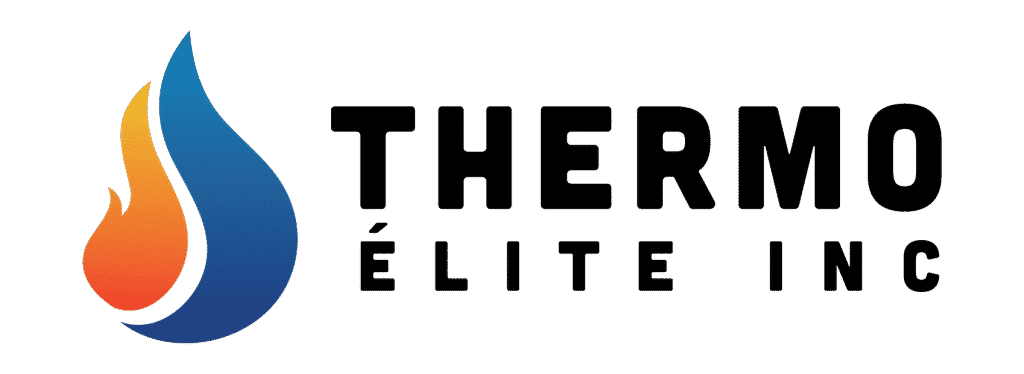How often do you need to get your infrared thermographic inspections done?
Are you putting your property at risk by not scheduling them frequently enough?
Discover the critical factors that determine the frequency of thermographic inspections and ensure the safety and efficiency of your property.
The frequency of infrared thermographic inspections is a hotly debated subject as everyone, from facility owners to technicians, holds a different point of view. They all back up their claims with statistics and other functional data. However, across industries, everybody agrees on the importance of thermographic inspections.
Instructional documents to reduce or eliminate electrical safety hazards and prevent equipment failures are readily available, and a thermographic inspection is a standard tool included in all the manuals. These documents are often referred to improve the operational up-time of facilities. Implementing a robust safety and preventive electrical maintenance program is vital. However, we must understand how different specifications like OSHA, NFPA, ASTM, ASNT, and ISO relate to each other for better compliance.
If you are negligent about following these specifications and something unfortunate happens, these specifications shall be seen as the requirements you were supposed to meet. Based on this compliance failure, you’ll be questioned by competent authorities.
OSHA and the Specifications Regarding Inspection Frequency
A branch of the United States Department of Labor, the Occupational Safety and Health Administration’s (OSHA) 1910 Subpart S and OSHA 1926 Subpart K were introduced to identify and eliminate electrical safety hazards existing at the workplace. The electrical safe work practices cover-
- Principles for electrical safety
- Personnel qualification-related guidelines
- Planning requirements for jobs
- Management
- Responsibility of each person
It’s important to note that OSHA approached the National Fire Protection Association (NFPA) for creating a document defining workplace electrical safety. Thus the NFPA 70E is mentioned as a reference in OSHA’s 1910/1926 document.
Adding to the confusion, there’s also a reference to NFPA 70B in the NFPA 70E regarding the Recommended Practice for Electrical Maintenance. It’s this cross-referencing of documents that are found to add layers in developing sound electrical maintenance practices.
In NFPA 70B under Section 2, Regularly Scheduled Inspection, Testing, and Servicing of Equipment, you’ll find the 11.17.5 Inspection Frequency and Procedures, which specifies that an annual inspection of energized electrical systems should be carried out before shutdown. This is the reason why we have been discussing OSHA and NFPA.
It’s also stated that experience of losses, changes in conditions of the environment, operations, or load, or new equipment installations call for more frequent infrared inspections. These may be done quarterly or semiannually.
How you can manage inspection frequencies
As mentioned above, Publication 70B of the NFPA states that infrared frequency should be held every year before shutdown. It’s also stated that more frequent testing should be done for equipment at a higher risk if needed based on several considerations.
The equipment can be categorized based on Criticality to Operation (CTO) and the Consequences of Failure (COF). Historical data of the equipment should also be considered during the categorization. Base problem conditions can be re-inspected in the Thermal Trend database after setting up the inspection frequency timeline. This helps make inspections more effective.
The three CTO classifications of equipment are-
- Critical to operation or “C”
- Essential to operation or “E”
- Non-essential to operation or “N-E”
If you create an annual timeline for equipment inspection, you can establish a testing schedule for your equipment based on the CTO. Here’s an example-
- Every three months for critical equipment
- Every six months for essential equipment
- Every year for non-essential equipment
It’s thus clear that you should be testing everything on an annual basis, critical equipment every quarter and essential equipment every six months. Based on records, some critical equipment may require more frequent inspections. The point is illustrated in the table below.
| Criticality of Operation | 0 | 3 | 6 | 9 | 12 | 3 | 6 | 9 | 12 |
| Non-essential | x | x | x | ||||||
| Essential | x | x | x | x | x | ||||
| Critical | x | x | x | x | x | x | x | x | x |
| Follow-up/repaired | x | x | x | x | x | x | x | x |
The matrix above shows the inspection frequency if they were to be carried out every quarter. It also shows details of follow-up inspections carried out based on issues found in previous inspections.
After this, equipment counts to the CTO matrix are added to confirm what the workload shall be if the inspections are carried out quarterly. We use some generic numbers to illustrate the point in the example below.
- Critical equipment: 20
- Essential equipment: 40
- Non-essential equipment: 60
- Follow-up/repaired, reconciled: 2
| Criticality of Operation | 0 | 3 | 6 | 9 | 12 | 3 | 6 | 9 | 12 |
| Non-essential | 60 | 60 | 60 | ||||||
| Essential | 40 | 40 | 40 | 40 | 40 | ||||
| Critical | 20 | 20 | 20 | 20 | 20 | 20 | 20 | 20 | 20 |
| Follow-up/repaired | 2 | 2 | 2 | 2 | 2 | 2 | 2 | 2 |
Hence, while the first inspection will involve 120 pieces of equipment, the second one shall involve only 22 and the third 62. This way, you can design a complete management solution for the tracking of your inspection requirement frequency.
Point to Note: The example above shows how you can manage inspection frequencies for equipment that needs to be tested with more frequency than annual. To set up the best inspection frequency plan for the equipment in your facility, you would do best to gauge the equipment based on its Criticality to Operation (CTO) and the Consequences of Failure (COF) against the history of types of electrical problems that the equipment has.
Conclusion
It’s the Occupational Safety and Health Administration (OSHA) and the National Fire Protection Association (NFPA) stipulations that govern the frequency of how often you should test your equipment. We have discussed both as the infrared inspection of equipment involves a lot of overlap between the two. We have mentioned the categorization of equipment based on Criticality of Operation (CTO) to illustrate how you can create a testing schedule for your equipment. The National Fire Protection’s publication 70B specifies that equipment should be tested annually. Based on the Criticality of Operation (CTO) and the Consequences of Failure (COF), the frequency of tests can be raised.
Timely inspection of equipment based on their Criticality of Operation is a must to avoid unwanted downtime. It ensures that your facility stays safe, and the possibility of unfortunate incidents occurring is significantly reduced. You must adhere to the specifications as mentioned by the OSHA and NFPA.



Add Comment